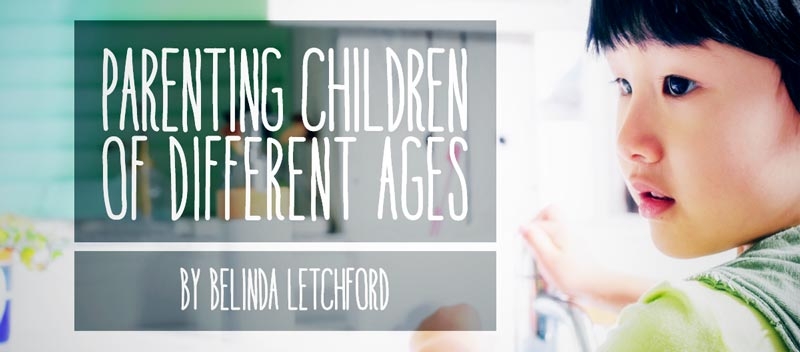I grew up with only one sister—four years younger than me. We attended public school and were rarely in the same school building at the same time—except for elementary school, but even then she was in the lower elementary wing while I was in the upper. She often jokes that she felt like an only child because by the time she hit high school, I was already off to college. So while in high school, her memories include her friends, not siblings. It’s interesting how the high school years tend to be the most memorable. Why do you think countless Hallmark movies have at least one reference to a high school sweetheart or an old friend from their high school days? These are the memories that people tend to hold onto. I too have vivid memories from this season in my life and my memories tend to involve friends, not family.
How do we want our homeschooled children to be raised? Distant from their family members? Caught up only in their peer group? I’m sure when most of us started the homeschooling journey we were hoping for our children to be close—best friends. Unfortunately, that’s not the way the public school system is set up. The traditional family unit generally does not take first priority. If twins are enrolled in a school, they will most likely be separated. If a field trip is scheduled and a parent wants to chaperone, they usually cannot bring the younger siblings. If you’re anything like me, a homeschool mom trying to break free from a public school mindset, then it tends to take a little extra work to make sure siblings get along. One of the blessings of homeschooling is that we can keep siblings together, they have plenty of time together. Yet just because they are together all of the time certainly doesn’t mean they will automatically get along!
How can we provide an atmosphere where children are encouraged to draw closer together rather than further apart? Here are a few ideas:
Have a Morning Time Together
Have a specific time, each day, that you spend with all of your children. Whether it is reading the Bible or a devotional, going over current events, prayer and worship, or a relaxing time to read a book aloud, do it together. This allows your children to see that you value the family unit as a whole rather than having everyone running off in different directions first thing in the morning.
Limit Screen Time
Our children have an extremely limited amount of screen time each day so it is humorous to me to see that when each of them are playing their allotted video game time, the others crowd around watching them. It makes me laugh because, yes, they want to have something to “watch” because their time is so limited but I love this because this means none of my kids (including my teen) are hiding off in another room playing games or watching a show. They are always doing it together. I never want to see each of my five kids in a separate room on separate devices getting lost in tech. I would rather them be together enjoying each other’s company.
Be Others-Focused
Nine times out of ten, when there is a squabble between two or more of my children it is rooted in selfishness. The screaming, the whining, the pouting, the tattling—all of it—is usually based on selfishness. As I teach my children to focus on others and not themselves the issues begin to dissolve. It takes some work but as I explain to them that their reactions are based on selfishness they begin to see their behavior for what it really is causing them to want to change.
Give Them Opportunities To Be Together
If one child loves board games and another enjoys hiking plan for each activity and require both to participate. It is important to allow them the opportunity to bond and even learn to sacrifice their time doing something that the other wants to do rather than what they want to do. This will also strengthen their relationship in the long run.
What do you do to help strengthen the relationships between your children?





